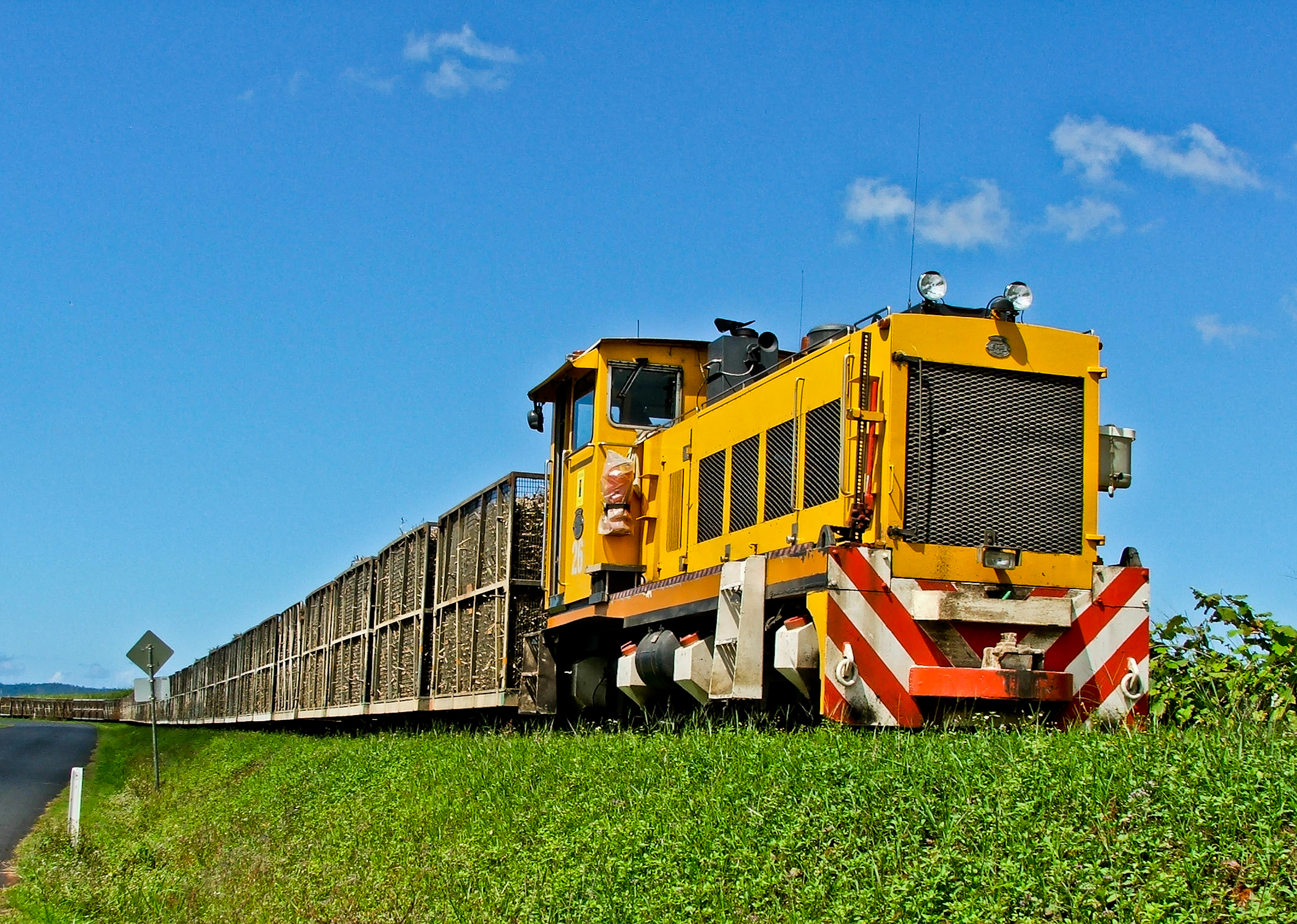Infrastructure
Critical infrastructure supporting Australian sugar manufacturing
Strong critical infrastructure underpins Australian sugar manufacturing, keeping the sector competitive and sustainable for the future

The Australian sugar manufacturing sector relies on an extensive and integrated network of infrastructure to efficiently produce, process, and transport sugar and its by-products. This infrastructure is the backbone of our sector, enabling us to remain competitive, sustainable, and innovative in a rapidly evolving global market.
Transport and Logistics
Sugarcane is a highly perishable feedstock, requiring immediate processing to maintain its sugar content and quality. This makes timely and efficient freight networks vital to the success of the sugar manufacturing sector. The cane railway system plays a critical role in ensuring the efficient transportation of harvested sugarcane from farms to mills. This system is an integral part of the sector's operations.
The sugar manufacturing sector has single handedly maintained vital cane rail networks that now have a replacement value of more than $2.5 billion. With the increased incidence of extreme weather, floods and cyclones, and significant damage to freight infrastructure like bridges, sugar manufacturers will not be able to maintain these networks and will need to increasingly rely on already overstretched regional roads.
Despite its critical role, the cane railway system requires continuous investment in maintenance and modernisation to meet evolving demands. Innovations in rail technology, digital tracking systems, and integration with other transport modes could further enhance its efficiency and reliability.
Level Crossing Safety
Australian Sugar Manufacturers are committed to the safety of everyone at the intersection of road and rail.
With over 4,000 kms of rail used to transport sugarcane in Queensland, at-grade crossings pose significant safety risks and operational inefficiencies. Grade separations would not only enhance safety for road users but also improve the reliability of sugarcane logistics, supporting just-in-time harvesting and processing schedules critical to the sector's economic viability. Upgrading these crossings aligns with broader infrastructure goals to support regional industries and reduce supply chain bottlenecks, along with the national level crossing safety strategy.
ASM is advocating for:
- Removing a level crossing from the Bruce Highway and relocating cane railway infrastructure from the township of Ingham, eliminating 12 road/rail level crossings through the township by re-routing the delivery of 2.2 million tonnes of cane to the Victoria Sugar mill annually.
- Eliminating a level crossing on the Bruce Highway north of Mackay and replacing it with an underpass at Church Hill, thereby avoiding up to 100 minutes a day of road highway closures during the annual crushing season and increasing safety.
- Upgrade and reinforcement of rail bridges that create vital links on the cane rail network.